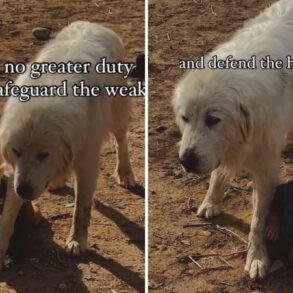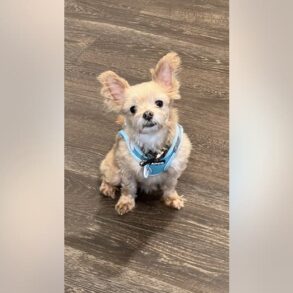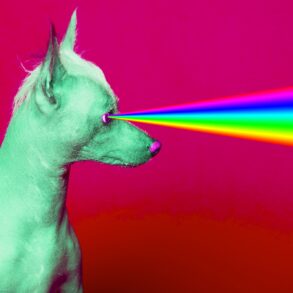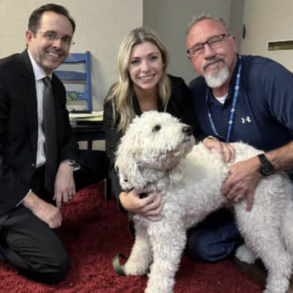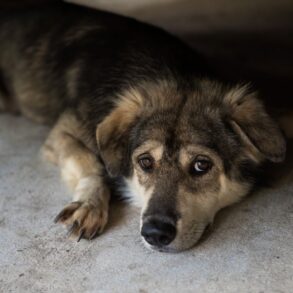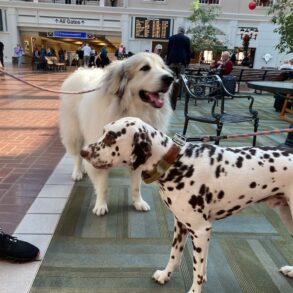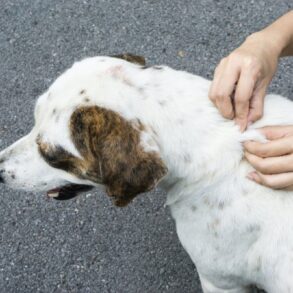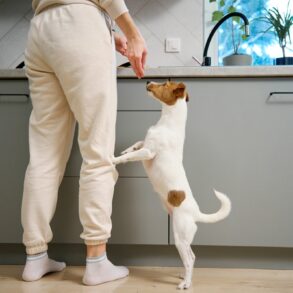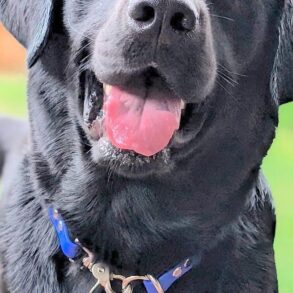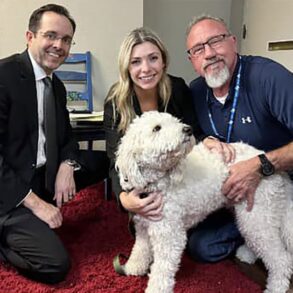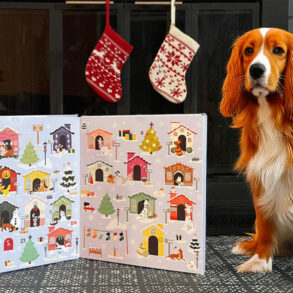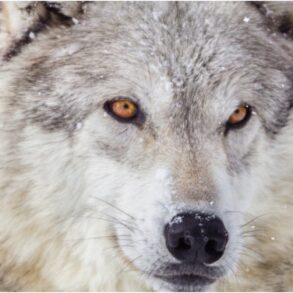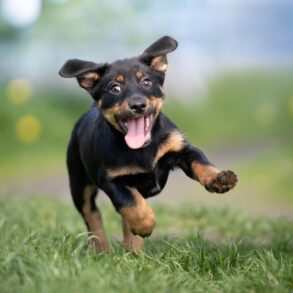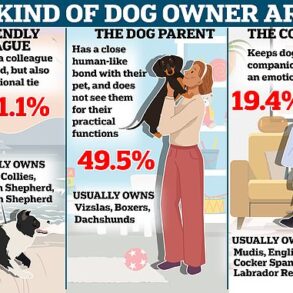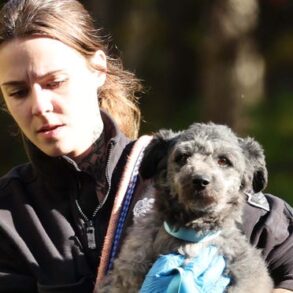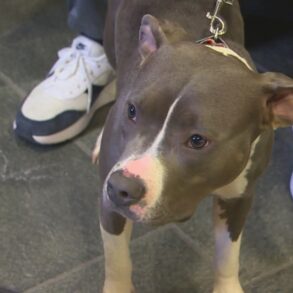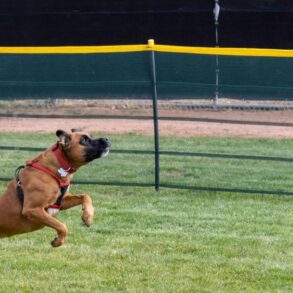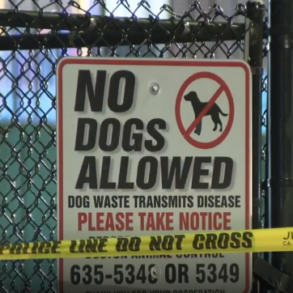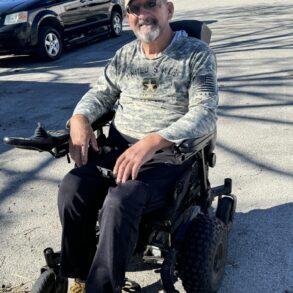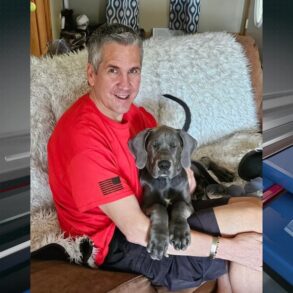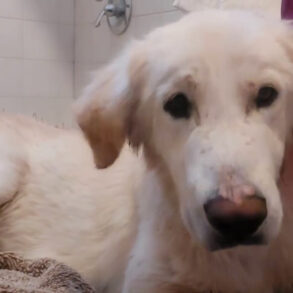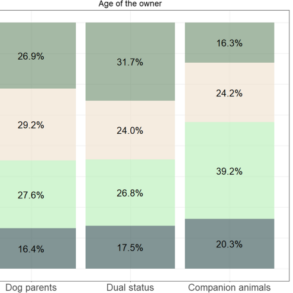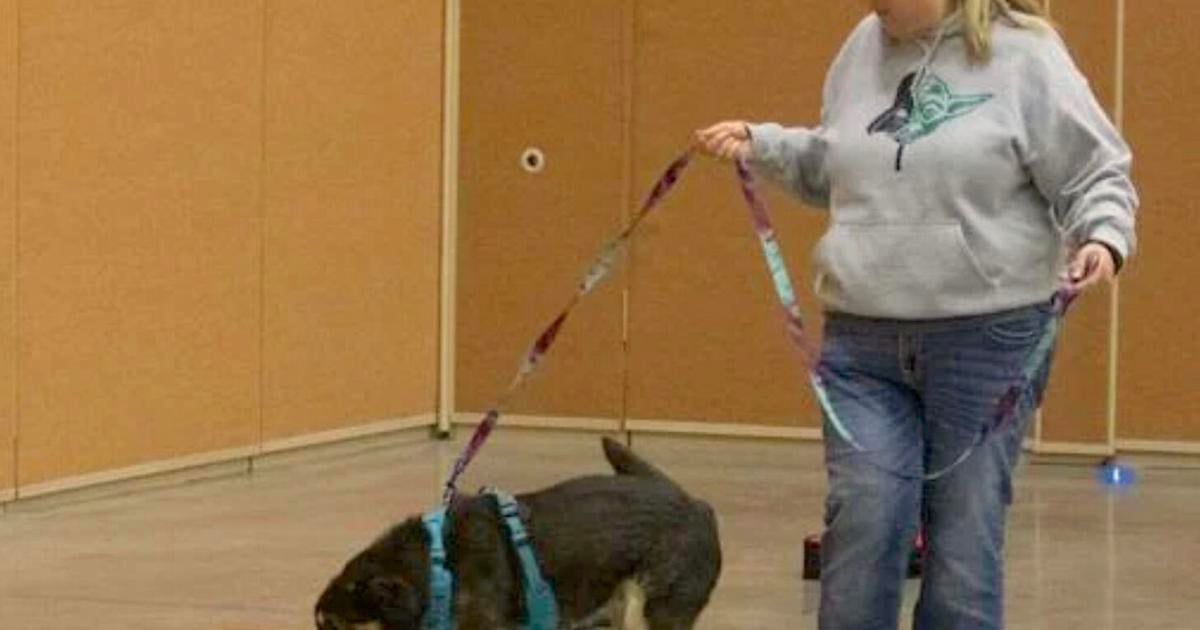
GILLETTE — Dogs from Wyoming, Montana, South Dakota, Iowa and more were at the Cam-plex Wyoming Center last weekend for the first American Kennel Club scent work trial held in Wyoming.
Hosted by the Icelandic Sheepdog Association of America, three judges — from South Dakota, Arizona and Idaho — were on hand to judge the dogs on how well and how quickly they could sniff out cotton swabs scented with essential oils hidden throughout different rooms.
“It’s like police dogs, only there’s no drugs or guns,” said Gillette’s Tiffany Sylvester, who was there with her dog, Clover.
Sylvester and Clover got into scent work about four years ago after doing agility trials for several years. Clover is almost 12 years old and has minor cataracts, but her nose still works.
“It’s a puzzle for them,” Sylvester said. “The dogs find it fun and challenging.”
And there are constant rewards for the dogs as they go along. In most dog sports, toys and treats are not allowed until the dogs have completed their run. But with scent work, the treats flow freely.
There were four skill levels of dogs that got to run over the weekend: novice, advanced, excellent and master. The higher the skill level, the bigger area they have to search, and the more scents they have to detect.
Crystal Brown, a dog trainer based in Gillette, said any dog can do scent work, regardless of the breed, and it’s a confidence booster.
“The dogs really love it, they love sniffing stuff anyway, then they get treats for finding the right stuff,” she said. “I really enjoy the mental challenge it gives them, they have to really work their brain to figure it out.”
That mental stimulation is great for dogs, Brown said. Much like people, dogs’ minds benefit greatly from that puzzle solving.
“It helps keep them from being bored, it gives them a job,” she said. “We don’t want idle dog brain.”
Deb Killpack of Helena, Montana, traveled to Gillette with her 18-month-old Australian Cobber, Silas. This was Silas’s fourth trial. Killpack has three dogs that she takes to different scent work trials around the country. As she’s working toward getting her judge’s card, she’s put the miles on her car, getting as much as 28,000 miles in a year.
And Carla Brown, of Gillette, was there with her Icelandic Sheepdog, Bramble. For him, he feels right at home sniffing around.
“(Scent work) I think is his favorite, because he gets to be nosy, and that’s what he likes,” she said. “(At home) he’s got his nose in everything.”
Sylvester said that Cam-plex was good about allowing the dogs in the Wyoming Center, and with its size as well as the ability to break things out into smaller rooms, this made the trials go a lot more quickly.
Shannon Lofswold and her Doberman, Ginger, traveled six and a half hours to Gillette from Sioux Falls, South Dakota. They first got into scent work four years ago after attending a class in Sioux Falls. At the time, Lofswold thought it was going to be something fun that she would try for a bit.
“If you’d asked me four years ago I would’ve been like, we’re done at novice, now look at us,” Lofswold said.
Ginger now has a master’s title.
In one test, dozens of containers were set in a circle, and the dogs had to find the one container that had the birch inside. When Ginger started out, she would push all of the containers with her nose.
“I had to guess which one it was by which one she pushed the furthest away,” Lofswold said.
Today, Ginger has gotten much better and can sniff out the source of the scent in seconds, but Lofswold also has improved in understanding what Ginger is trying to tell her.
“It’s just amazing to watch their workability and finding something, and you have no idea it’s there but they can tell you,” she said.
It’s a matter of trust and communication, because neither the dog nor the handler knows where the scents are. Whether dogs are playing poker or doing scent work, they have a tell. It’s up to the human to figure out what that tell is.
“Her tell is when she wiggles her ears, otherwise I can’t really tell,” Lofswold said. “So it took a long time to figure out that’s how she was telling me.”
It’s a sport that dogs and their owners can do even as they get older and less mobile. It’s “very low-impact” for both the dog and the human, Sylvester said, and even dogs that are disabled or have limited vision can compete.
Lofswold said for Ginger, getting to be with her human makes it all worth it.
“Just spending time with me, and getting the praise, and of course the treats are always a bonus,” she said.
This post was originally published on this site be sure to check out more of their content.





